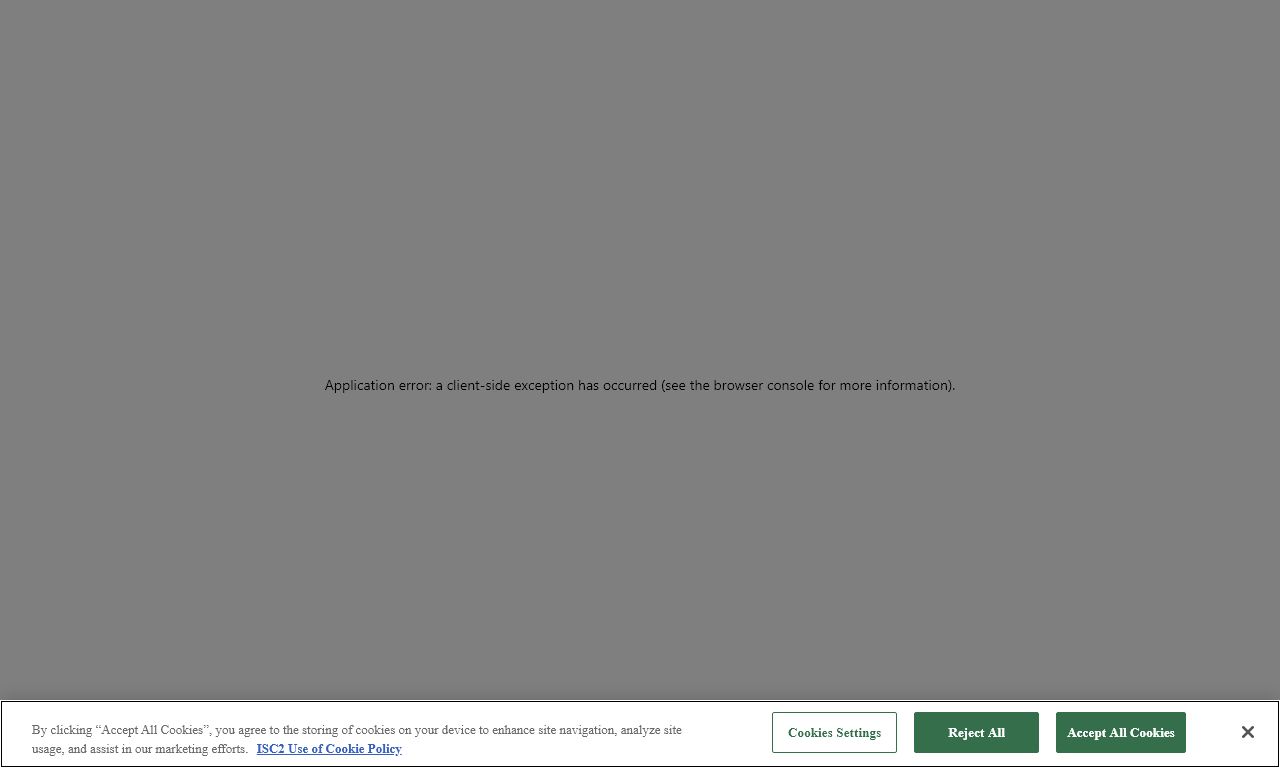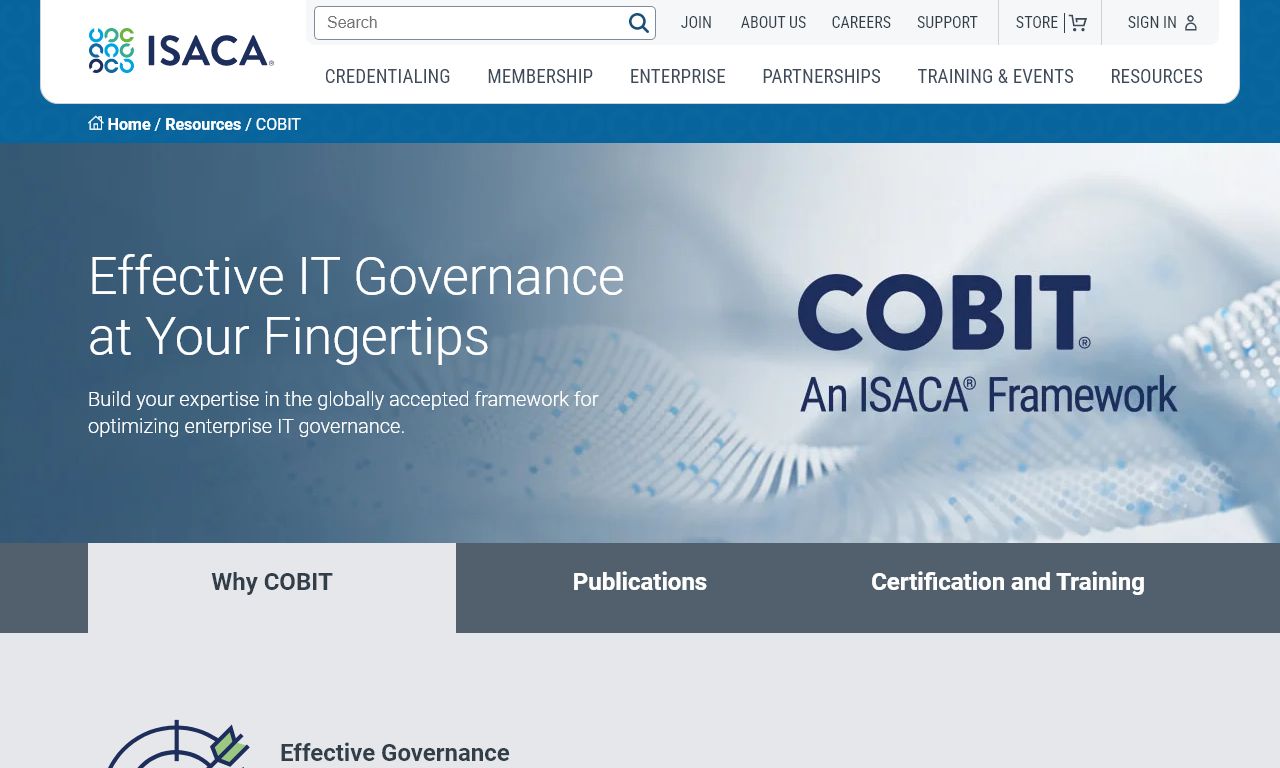Taking effective notes can make or break your academic success.
This quick guide covers proven note-taking methods that help students retain information better and perform well in exams.
The Cornell Method
The Cornell method divides your page into three sections: notes, questions, and summary.
- Draw a vertical line 2.5 inches from the left edge of your paper
- Leave 2 inches at the bottom for summary
- Take notes in the large right section during class
- Write questions about your notes in the left column
- Summarize the main points at the bottom
Mind Mapping
Mind maps help visual learners connect ideas and see relationships between concepts.
- Write the main topic in the center
- Draw branches for subtopics
- Add smaller branches for related details
- Use colors and symbols to highlight connections
Digital Note-Taking Apps
Modern apps offer features that paper notes can’t match.
| App | Best For | Key Features |
|---|---|---|
| Evernote | General notes | Web clipper, search, tags |
| OneNote | Students | Free, drawing tools, audio recording |
| Notion | Organization | Templates, databases, collaboration |
The Outline Method
This traditional approach works well for structured lectures and reading materials.
- Write main topics with Roman numerals (I, II, III)
- Use capital letters for subtopics (A, B, C)
- Number specific points (1, 2, 3)
- Indent each level for clear hierarchy
Quick Tips for Better Notes
- Use abbreviations to write faster
- Focus on key points instead of writing everything
- Review notes within 24 hours
- Include examples to understand concepts better
- Date your notes and number pages
Choose the method that matches your learning style and course requirements.
Resources
For additional help with note-taking:
- Academic Success Center at your university
- Online courses at Coursera.org/note-taking-skills
- Study skills workshops at local libraries
Common Note-Taking Mistakes
- Writing everything down instead of focusing on key concepts
- Not organizing notes by topic or date
- Failing to review notes regularly
- Using unclear abbreviations without making a key
- Missing important context or examples
Advanced Note-Taking Strategies
Enhance your basic note-taking with these advanced techniques:
Color Coding
- Use different colors for definitions, examples, and key points
- Highlight connections between related topics
- Create a consistent color system across all subjects
Audio Recording Integration
- Record lectures while taking written notes
- Mark timestamps for important points
- Review recordings to fill in gaps in notes
Adapting Notes for Different Subjects
| Subject | Recommended Method | Special Considerations |
|---|---|---|
| Mathematics | Problem-solving focus | Include sample problems and solutions |
| Literature | Cornell Method | Track themes, characters, and quotes |
| Science | Mind Mapping | Emphasize processes and relationships |
Conclusion
Effective note-taking is a skill that develops with practice. Experiment with different methods and adapt them to your needs. Remember that the goal is not just to record information, but to create a useful resource for learning and review.
Start implementing these techniques gradually, and you’ll likely see improvements in your understanding and retention of course material. Regular review and organization of your notes will help build a strong foundation for academic success.
FAQs
- What are the most effective note-taking methods for students?
The most effective methods include the Cornell Method, Mind Mapping, Outline Method, Flow Notes, and the Boxing Method. Each serves different learning styles and subject matters. - How does the Cornell note-taking system work?
The Cornell system divides the page into three sections: a narrow left column for questions/cues, a wider right column for notes, and a bottom section for summaries. Notes are taken in the right column and reviewed by writing questions in the left column. - Can digital note-taking be as effective as handwritten notes?
Digital note-taking can be equally effective, offering benefits like searchability and easy organization. However, research shows handwriting can enhance memory retention and understanding for some students. - What’s the best note-taking method for science subjects?
The Outline Method and Flow Notes work best for science subjects, as they help organize hierarchical information and show relationships between concepts, formulas, and processes. - How can I take better notes during fast-paced lectures?
Use abbreviations and symbols, focus on key concepts rather than every word, develop a personal shorthand system, and consider recording lectures (with permission) for later review. - What tools are essential for effective note-taking?
Essential tools include different colored pens for highlighting key information, ruled paper or digital devices, sticky notes for marking important sections, and a reliable organization system. - How should I organize my notes for exam preparation?
Organize notes by subject, date, and topic. Create summary sheets, use color coding for different themes, and regularly review and consolidate information from different sources. - What’s the Mind Mapping method, and when should I use it?
Mind Mapping is a visual note-taking method that connects ideas around a central concept using branches and sub-branches. It’s particularly effective for brainstorming and understanding relationships between concepts. - How can I make my notes more visually engaging?
Use color coding, diagrams, symbols, bullets, and clear headings. Include visual elements like charts and graphs when applicable, and maintain consistent formatting throughout. - What’s the best way to review and retain information from notes?
Use active recall methods like self-testing, summarize notes in your own words, create flashcards from key points, and review notes at spaced intervals for better retention.










